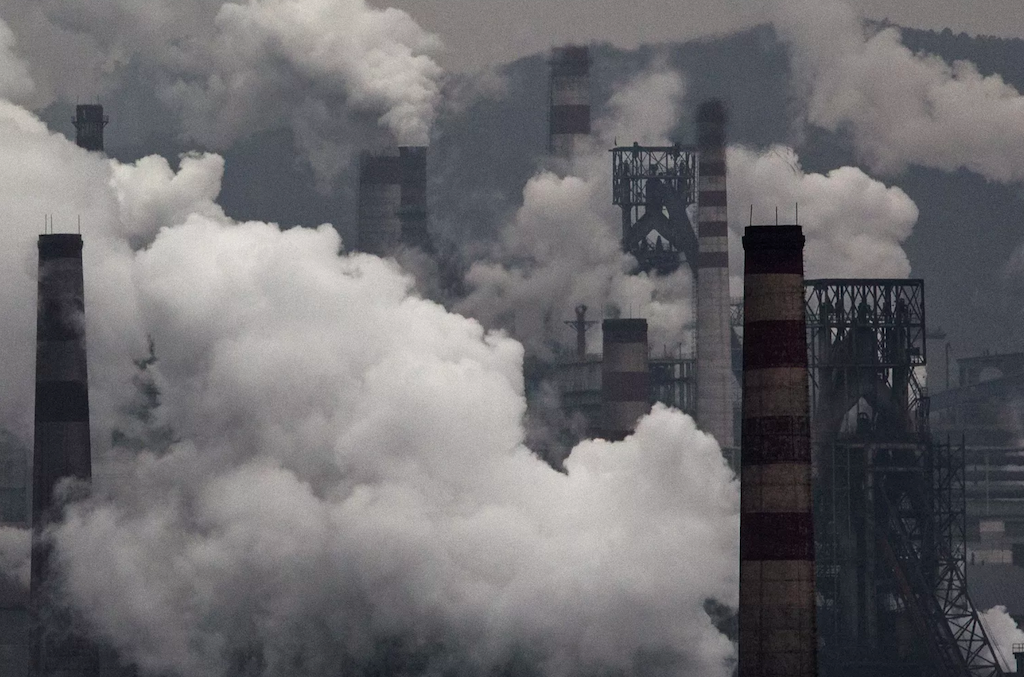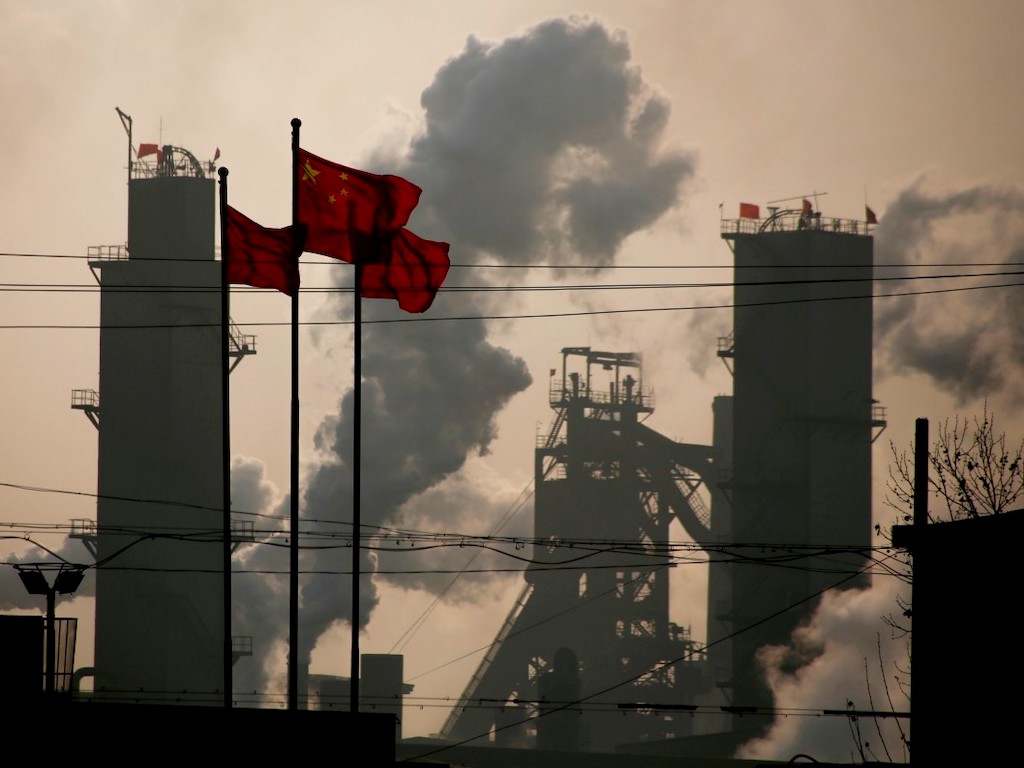4 Mins Read
Last week, President Xi Jinping made a surprise announcement during the United Nations conference that China will drastically slash emissions and reach net-zero by 2060. As the world’s biggest polluting nation, the country’s renewed commitment to reducing its carbon footprint could have a significant impact on limiting global temperature rise, and could even spur other states to make bolder climate ambitions. But many experts cautioned against overoptimism, warning that Xi offered nearly no concrete details on how China plans to achieve carbon neutrality. Here’s what you need to know about the plan, and how feasible it really is.
China’s net-zero pledge marks a huge shift in policy focus, especially as they represent 28% of emissions
Under the 2015 Paris accord, China committed that its emissions will peak by 2030. Now, with Xi’s announcement, the country is accelerating its emissions reductions targets dramatically, pledging to reach net zero carbon emissions by 2060. While over 60 countries have said they are aiming for net zero by 2050, the date that most scientists say is the absolute deadline to avert climate disaster, China is the world’s biggest polluter responsible for 28% of global emissions. This makes China’s pledge to reduce its carbon footprint essential to the global fight against climate change. Even if its deadline is set for 2060, most experts agree that it’s a big deal and represents an enormous shift away from its sole priority of economic development. But of course, no policy outline has been announced as of yet, so we don’t really know how and where China wants to cut its emissions from.

China’s going to need to change the way it recovers from the pandemic, currently it’s very coal-powered
While China’s coal consumption and resultant air pollution had drastically declined at the beginning of the coronavirus pandemic shutdown when its industrial output ground to a halt (which was widely documented by satellite imagery), China’s economy is recovering fast. By May of this year, carbon emissions from cement production, energy and other industrial sources were already 4% higher than pre-pandemic levels. In a bid to rebuild from the economic losses incurred from the pandemic quicker and better than the rest of the world, China also granted more construction permits for coal power plants within the first half of this year than it had done previously in 2018 and 2019. Analysts from nonprofit Carbon Brief say that Chinese policymakers could be feeling the pressure to “boost carbon-intensive stimulus spending,” which could “endanger the energy intensity target in the nation’s 2016-2020 five-year plan.” So if China is going to set a 2060 deadline for carbon neutrality, it’s going to need to make some enormous changes to put sustainability, low-carbon technologies and emissions-reducing measures at the heart of its coronavirus economic recovery plan.
Going carbon neutral could make China a whole lot richer, so it’s not just eco altruism
Using a macroeconomic model from Cambridge Econometrics, Carbon Brief’s researchers analysed the implications of China’s new pledge, and found that the huge scale of investments that the country will need to implement to reach its goal is going to raise its GDP by as much as 5% later this decade. Despite the coal industry feeling pain, the report finds that there will largely be an ongoing positive impact for the economy from reducing fossil fuel imports, implementing energy efficiency rules, carbon pricing and pouring investments into renewable technologies such as solar and wind energy to displace coal-fired electricity generation.

There could be a huge impact on the global effort to slash emissions including cheaper clean energy
The same report by Carbon Brief finds that if China manages to achieve its goal of carbon neutrality by 2050, global warming this century will reach around 2.35°C, which is around 0.25°C lower than predicted. In terms of emissions, around 500 million tonnes of carbon dioxide will be saved every year. And that’s even if other countries don’t decide to make bolder climate goals, though it is likely that some states may follow suit and raise their climate ambitions due to pressure from China’s move. But that’s not the only global ramification that China’s decarbonisation pledge has. Other spillover effects include massively lowering the cost of clean energy, which we’ve already seen with solar panels, where demand in China has driven down global prices.
Lead image courtesy of Reuters.




